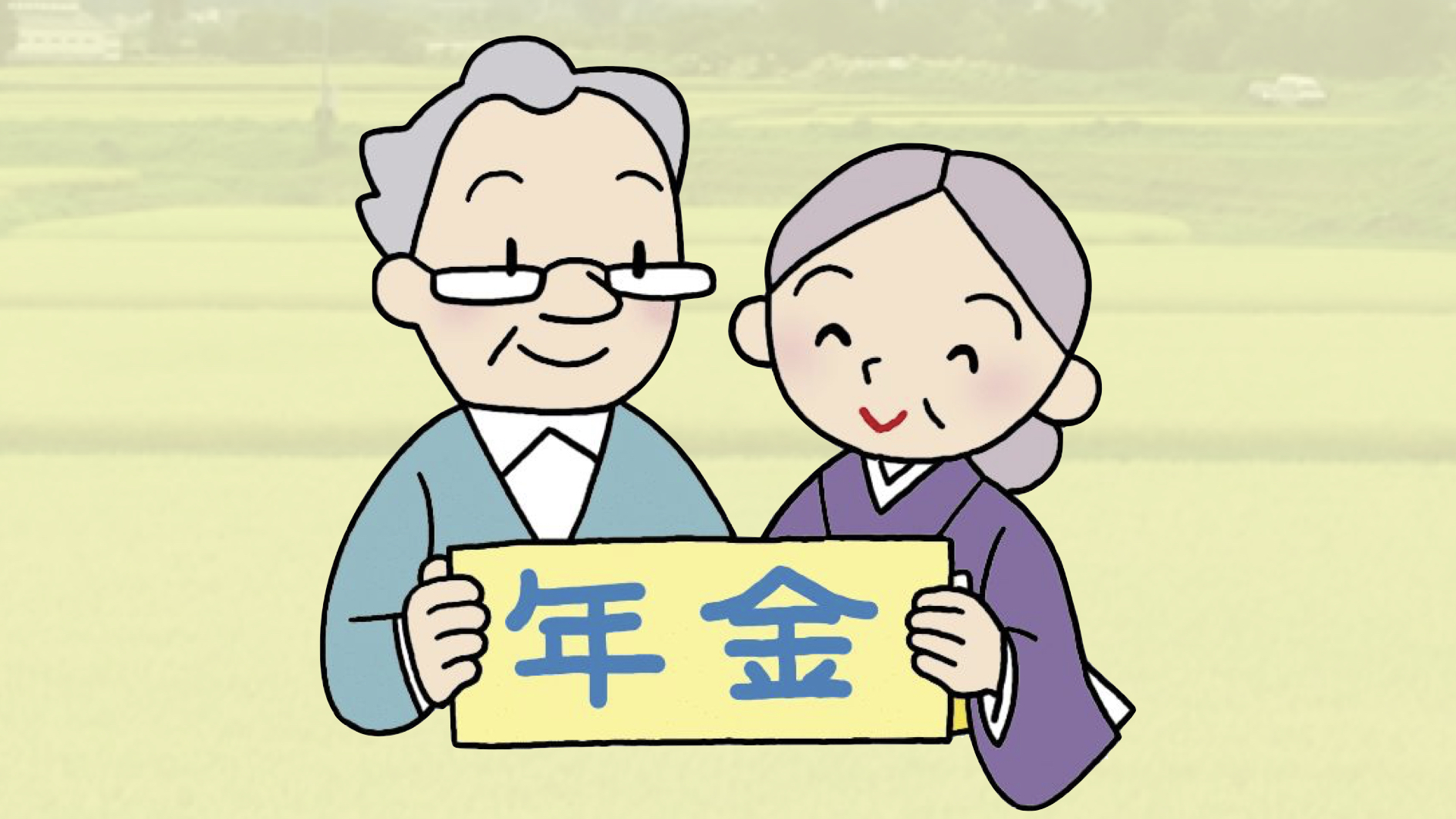[ad_1]

SNA News (Toronto) — While Prime Minister Fumio Kishida has touted a vision for a “new capitalism” that corrects the “overreliance on markets” found in recent Japanese policy and instead “tackles the issue of disparities and bring about distribution through wage increases initiated by companies as well as greater investments in people,” the reality is that far too many elderly Japanese have continued to slip into poverty, threatening their very lives.
Wage increases alone are unlikely to do much for the great numbers of Japanese who are already in their post-work years. The heavy lifting must continue to come from a pension system, and it is already proving inadequate to the task, even as public debt rises to unseen levels.
According to Ministry of Health, Labor and Welfare data on personal income from in 2018–before the Covid pandemic–pensions accounted for 100% of income for almost half (48.4%) of elderly households and the overwhelming majority (80-99%) of income for another 12.5%. It is therefore fair to say that about 60% of elderly Japanese would face the prospect of immediate homelessness and starvation without their pension money.
Even still, many pensioners are currently living in poverty.
In 2019, a Japan Institute of Life Insurance conducted a survey of people aged 18-69 on the topic of life protection. Based on the opinions of the respondents, it requires about ¥221,000 (US$1,700) per month for an average couple to maintain a “minimum standard of life” after retirement.
Nevertheless, the current pension average payouts of about ¥65,000 (US$500) per month for individuals in Categories 1 (self-employed, farmers, etc.) and 3 (dependent spouses) and about ¥148,000 (US$1,140) for Category 2 (salarymen, public officers, etc.) individuals is obviously far below even the minimum needs of many people.
Additionally, the elderly can apply for social assistance (welfare) payments. Social assistance is intended to guarantee a minimum standard of living. For example, according to 2018 data, the designated “minimum standard” for a 65-69 year old living in Tokyo was set at ¥79,550 (US$615) per person per month. This is the amount for living costs, but excluding potential housing assistance, medical assistance, and certain other benefits.
As of 2018, about a million elderly people aged 65 and over were on public assistance in Japan, accounting for almost half of all public assistance recipients.
Moreover, the social assistance system is financed by public funds and subject to yearly budget negotiations, meaning that its implementation is not necessarily guaranteed going forward. A future Japanese administration could become unwilling or unable to make these outlays.
Social assistance is designed to offer temporary support to those in special need, not envisioned as a long-term policy to care for the nation’s elderly. It also carries a social stigma of personal failure.
This is surely a matter of life and death. According to the Research Institute of Economy, Trade and Industry (RIETI), deficiency in being able to maintain their lifestyle results in an average of 27,000 early deaths among elderly Japanese every year–and, again, this data comes from before the onset of the pandemic.
At a time when the ruling party is demanding a doubling of the military budget, a firm reminder is needed that the security of Japanese society may have multiple dimensions beyond simply the high-technology warships and missile systems. Unlike the theoretical future conflicts with China, Russia, or North Korea, poverty among the elderly is taking a toll of tens of thousands of Japanese lives at the present time.
For breaking news, follow on Twitter @ShingetsuNews
[ad_2]
Source link















